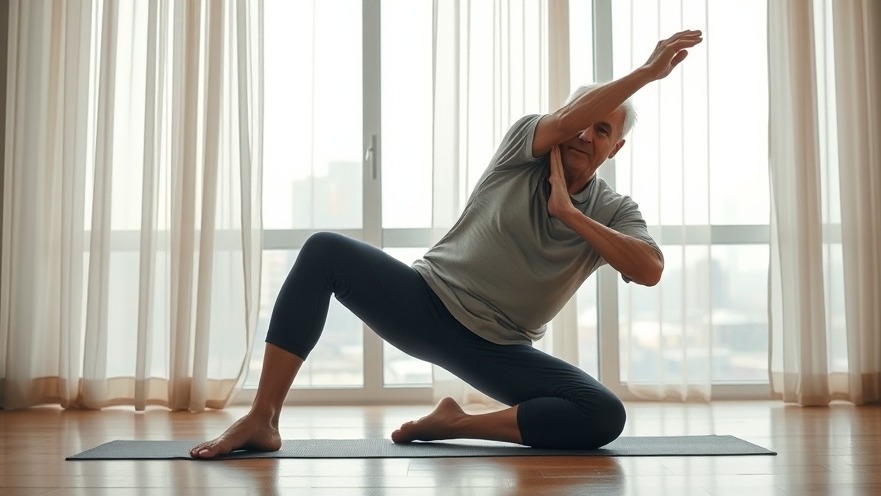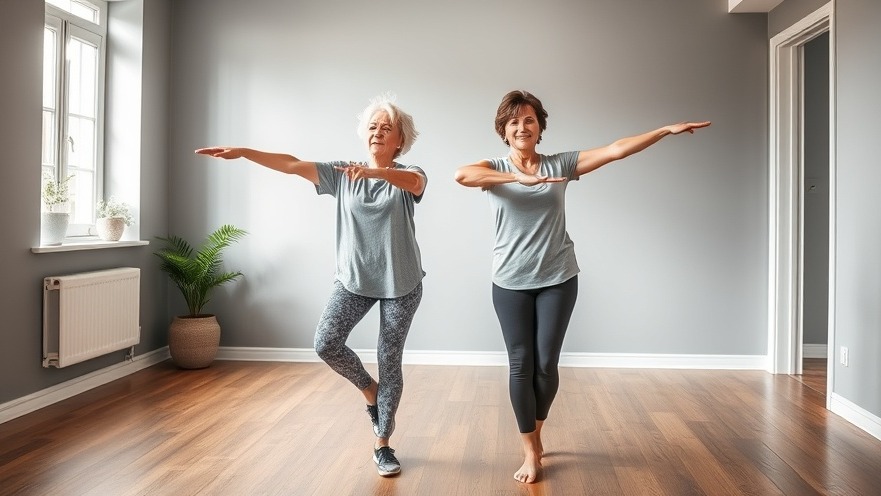
Unlocking the Secrets of Healthy Aging Through Movement
As we age, maintaining health and vitality becomes increasingly important. But what if the key to aging gracefully lies in regular physical activity? Recent research shows that exercise isn't just beneficial; it may actually halt or even reverse some of the aging processes. Understanding the benefits and types of exercise aids seniors in making informed decisions about their health.
The Profound Benefits of Exercise
According to Dr. Edward Laskowski from the Mayo Clinic, exercise is a vital tool in promoting longevity and quality of life for older adults. Regular physical activity is known to bolster the immune system, slow biological aging, and enhance cognitive function. Studies have shown that active seniors can have the immune systems of much younger adults—resulting in lower susceptibility to chronic illnesses and infections.
Exercise: A Magic Pill for Aging?
Dr. Linda Fried, dean at Columbia University's Mailman School of Public Health, describes exercise as “the closest thing we’ve found to a magic pill for combating the effects of aging.” Evidence suggests that consistent aerobic activities, strength training, and even mindful exercises like yoga can provide aging adults with a biological age advantage—effectively slowing down their 'biological clock'. A notable study found that older adults who engaged in regular running had significantly longer telomeres, indicating slower aging at the cellular level.
Combating Mental Decline with Physical Activity
A sedentary lifestyle can lead to significant cognitive decline. Research indicates that older individuals engaging in moderate to high-intensity exercise can experience a delay in brain aging by as much as a decade. Regular workouts enhance mood, energy levels, and memory retention, reinforcing the notion that 'moving more' leads to 'feeling better.'
Types of Exercise to Consider
Seniors are encouraged to include all three types of exercise: aerobic, strength-building, and balance activities, meeting the recommended levels of 150 minutes of moderate-intensity aerobics each week, along with muscle-strengthening sessions twice weekly. This could include walking, cycling, strength training, or classes like tai chi that enhance balance.
Addressing Common Myths About Aging and Exercise
Many older adults abstain from physical activity due to myths surrounding aging—that it's too late to start or that exercise could lead to injury. However, it's never too late to begin. The benefits of exercise are applicable regardless of age, health conditions, or fitness levels. Experts assert that even modest activity can yield immense benefits, often surpassing the impacts of inactivity.
Building a Routine that Works for You
The first step towards an active lifestyle is finding enjoyable activities. Whether it’s dancing, gardening, or community sports, the most effective exercise is the one you love. Establishing a presence in group classes can also enhance motivation and social connections, reducing feelings of isolation that often accompany aging.
A Call to Action: Embrace Movement Today!
As this article illustrates, the key to a healthier, longer life lies in movement. By incorporating exercise into daily routines, seniors can significantly improve their health, maintain independence, and enjoy a richer life experience. Engage with your local community centers, seek out friendly classes, or simply create a walking plan with family or friends. Each step moves you closer to optimal health!
 Add Row
Add Row  Add
Add 




Write A Comment